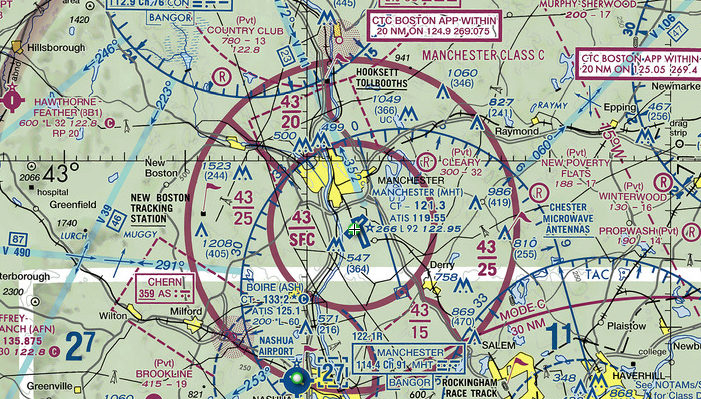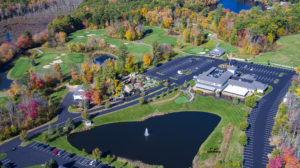Recently, a video went viral across social media that has shaken the responsible drone operator community to its core. In it, a first person view (FPV) flyer launches his quadcopter into the flight path of a commercial airliner full of passengers on its final approach into a Las Vegas airport. He then hovers over the aircraft before flipping into position behind it as it flies past and slightly under his elevation. (We will not share the video or name the pilot because we refuse to offer him any further promotion but we are aware that the video is readily searchable online.)
Presently, the world-at-large doesn’t quite know what to make of drones. Some view them as simply a nuisance. Some view them as a major privacy concern. Some view them as a weaponizeable platform that could bring warfare to every small town. And some, like those of us in the industry, view them as simply a tool to be used for performing tasks not readily performed by other means. But the behavior exhibited in this video represents something else, entirely: a fundamental lack of regard for human life in the quest for the next cool YouTube moment. And it is precisely this kind of operation that validates every concern the general public has about the rising prevalence of drones – which is why it must be condemned in the strongest possible terms by every professional, certificated FAA Part 107 drone operator in the United States.
The Federal Aviation Administration, through an act of Congress, controls all airspace in the United States. Although there is some legal ambiguity that is being tossed around by lawyers representing the anti-drone crowd (based on old and unrelated aviation cases), both Congress and the FAA have been steadfast in their stance that the FAA has that authority essentially from the ground up into space. When drones began reaching a fever pitch of popularity in the United States, the FAA realized it needed to do something to help regulate their use in the national airspace (NAS). But the challenge for them was how to regulate those who are flying drones purely for recreational purposes versus those who are flying for commercial purposes. In their quest for meaningful regulations as quickly as possible, they decided to enact some basic rules for hobbyist flyers and more comprehensive and restrictive rules for commercial operators. Enter Section 107 of the United States Code – more commonly known as FAA Part 107.
In order to become a FAA Part 107 certificated operator, an applicant must undergo a comprehensive exam consisting of questions that require knowledge of airspace restrictions around airports and other land-use areas, interpretation of NOTAM (Notice to Airmen) data, interpretation of coded weather readouts, knowledge of the basics of flight, payloads, airframe center of gravity, airframe weight capacities, and on and on. It is an exam that requires extensive preparation, studying, training, and knowledge. But, the certificate awarded only applies to those wishing to fly for commercial purposes. Hobbyist operators need not bother to apply if they do not wish. And therein lies our problem….
See, a hobbyist drone operator is only limited in their operations by a few simple rules. Unfortunately, however, the majority of hobbyist flyers are not aware that there even ARE rules. Or, worse, they just choose to ignore them and we get the type of operation seen in the video discussed above. Additionally, many people are under the very mistaken impression that they can just purchase a drone and toss it up in the air for business purposes such as real estate photos, photography sales, etc. Believe it or not, folks, THAT IS ILLEGAL. The moment you launch a drone with the intent to use it in a commercial manner – whether for monetary gain or not – that flight falls under the jurisdiction of FAA Part 107.

Commercial use aside, the FAA has other rules for hobbyist flyers that we see broken time and time, again – including, unfortunately, even by local police and public safety departments. Rules that forbid direct flights over people, flights over 400′ in elevation, flights near airports and/or aircraft, flights in restricted airspace…these are all routinely broken by operators who are either unaware of these rules or just do not care.
So, to summarize, if you or someone you know owns a drone or is planning on purchasing one, please direct them to the FAA’s new Drone Zone portal where they can learn all about the rules necessary for safe flight. And then, for the sake of the industry that you or they will have now joined, please don’t be THAT drone pilot!
***We at 603 Drones, LLC condemn in the strongest possible terms ALL small Unmanned Aerial Vehicle flights that occur in blatant disregard for FAA regulations.***
Author: Jeremy
Jeremy Jones is the founder of 603 Media Group and 603 Drones, LLC. He is a FAA Part 107 pilot and has experience flying multiple Small Unmanned Aircraft System (sUAS) platforms in commercial applications. He is also versed in both state and federal regulations as they relate to commercial vs hobbyist sUAS operations and helps new remote pilots to navigate these very tricky subjects.






